
Pure
Fresh herbs are traditionally good. And far from old-fashioned. Kitchens and cooks long for the authentic, the pure, and therefore fresh herbs take an increasingly prominent place on the shelf. In supermarkets and garden centres. Especia meets the high demands of the consumer and the professional in terms of quality and (an extensive) range.
Quality
Especia’s business relationships are based on mutual trust. What is typical is the constant search for the best solution. In the pursuit of long-term relationships, the consciousness that one should work day and night on such a relationship, also plays a major role. Last but not least, we regard food safety as a high priority. For large, homogeneous and reliable deliveries.
About us
Especia B.V grows 17 different species of herbs in pots. From basil to chives and from chervil to coriander. Especia looks inside the kitchens of consumers and professionals and recognises the increasing demand for real, authentic ingredients.Especia meets the highest demands in terms of quality and variety. This ensures a longstanding relationship with our customers and makes Especia a leader. Ultimately, a recipe for a masterpiece is a blend of the finest ingredients and sincere attention. Refer to www.especia.kr8vormgeving.nl for more information.Especia works with Vitacress Real and supplies to trading partners via the produce group Fossa Eugenia. We feel that we are totally responsible for the quality of our products. This also applies to the logistics service. You can address us directly regarding special needs and requirements about sorting or packaging. We are therefore able to comply to this immediately.
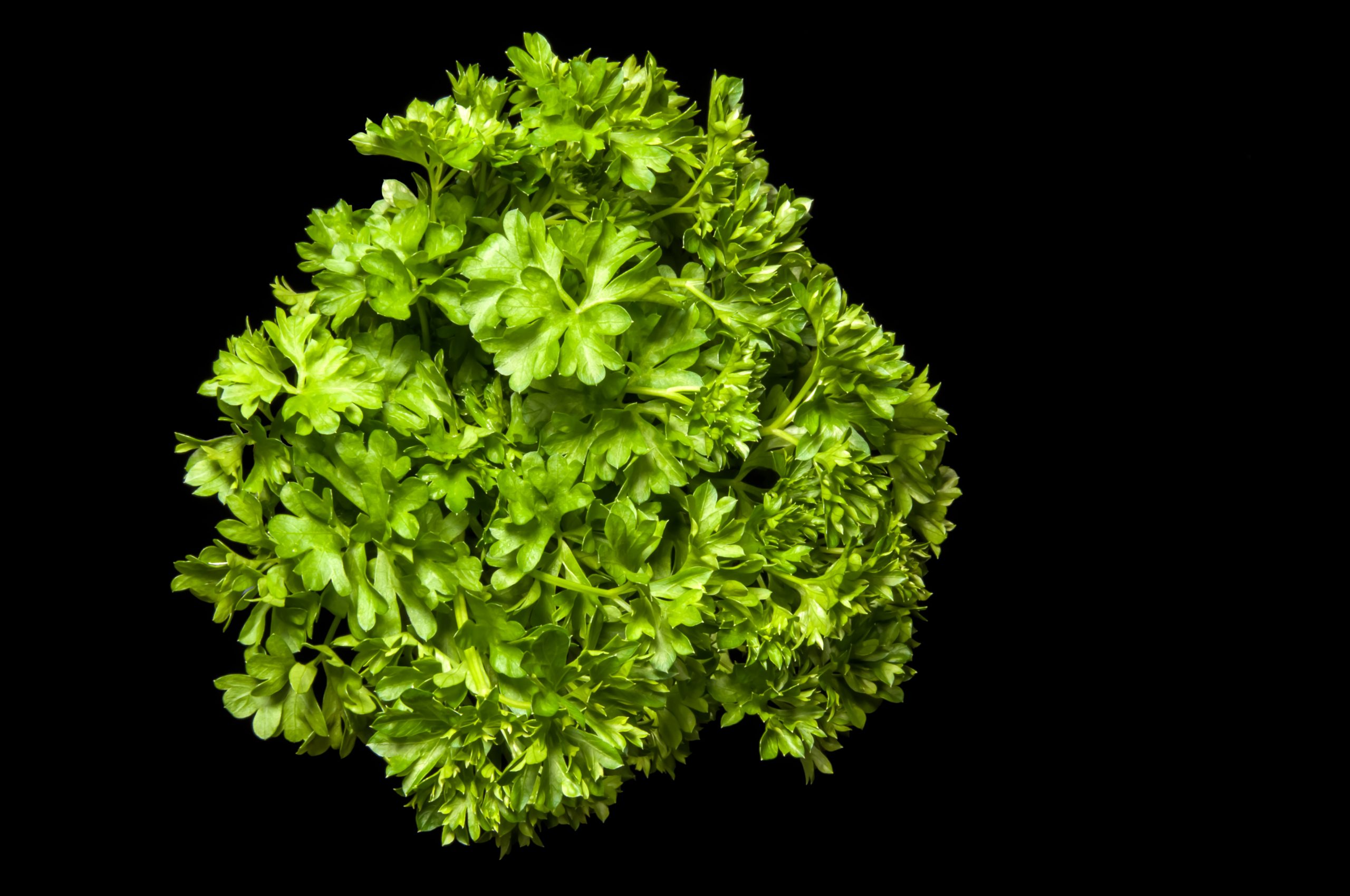
Parsley
A hardy, biennial herb with aromatic clear green leaves that are curled or flat and three-leaved. Parsley reaches 25-45 cm height and prefers damp, fertile soil and sun or light shade. Harvest the leaves whenever you want.Parsley is used fresh. Cut or chopped parsley is usually added at the end of the preparation. Parsley has a somewhat fresh, green taste.Parsley is used most to sprinkle over dishes when extremely fresh, finely chopped or cut and added at the last moment. Also much used as a component for sauces or in butter. The parsley leaves can also be used blanched or deep-fried.
Basil
This fresh leaf, indispensable in a large number of Mediterranean dishes, has a sweet, spicy taste, slightly reminiscent of cloves. Basil is delicious on fresh tomatoes with a little dash of virgin olive oil and is extremely suitable for any random tomato dish. It is also nice in rice salads and in combination with courgettes, beans and mushrooms. The taste of basil is strong enough to be able to offer a counterbalance to garlic, and these two flavourings are thus the two main ingredients of the traditional pesto sauce. The taste of basil is reinforced through cooking. Fresh leaves preserve their taste if they are kept in oil or vinegar.
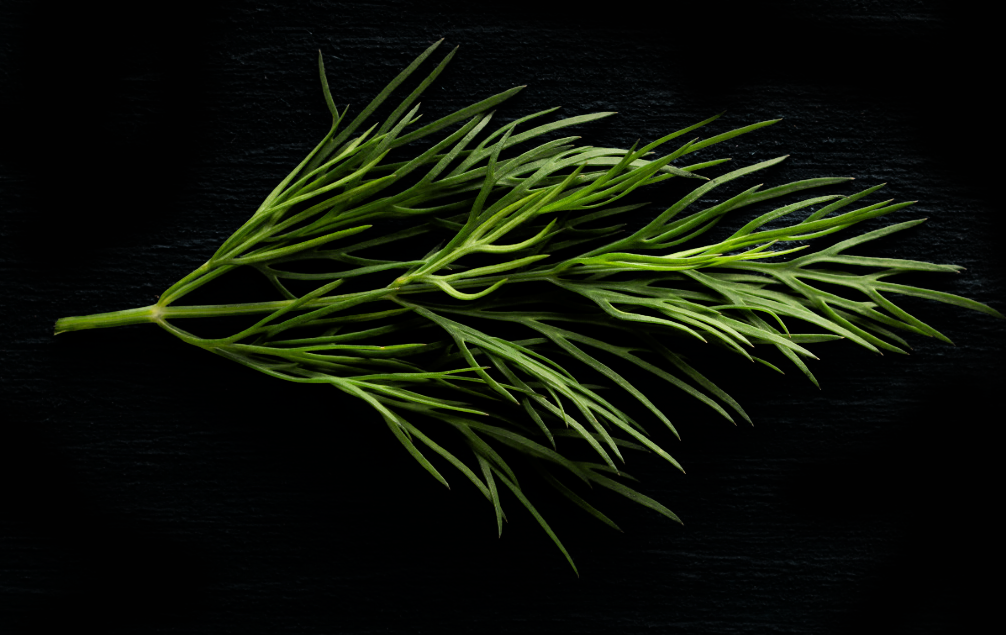
Dill
Anise-like taste and fragrant. Dill works together with sour flavours and for this reason it is much used ain the preservation of vegetables. Fresh dill leaves are fine and decorative on salads. It is very rich in vitamin C. Use dill in salads, various soups, fish dishes and for preservation of gherkins.
Lemon balm
Penetrating, honey-sweet lemon aroma and taste. Cannot be cooked. Used in dishes where lemon plays a role. lemon balm occurs especially cultivated and is a perennial herbaceous plant. The plant flowers from July to August with light yellow or white flowers. The leaves are egg-shaped, serrated, hairy, venous and light green. The leaves give off a lemon-like scent and can become yellow if they grow in the full sun or in dry soil. The stems are hairy, square, light green and branching. The plant reaches approximately 1 metre in height.The name lemon balm, Melissa officinalis, the Greek name for a honey bee, is Melissa. This is because bees prefer the nectar of this plant, and the plant attracts bees. Lemon balm was already used medicinally two thousand years ago by the Greeks. The Arabs brought the plant to Spain and the Benedictine monks to us, where it was already being cultivated a long time ago in convent gardens.
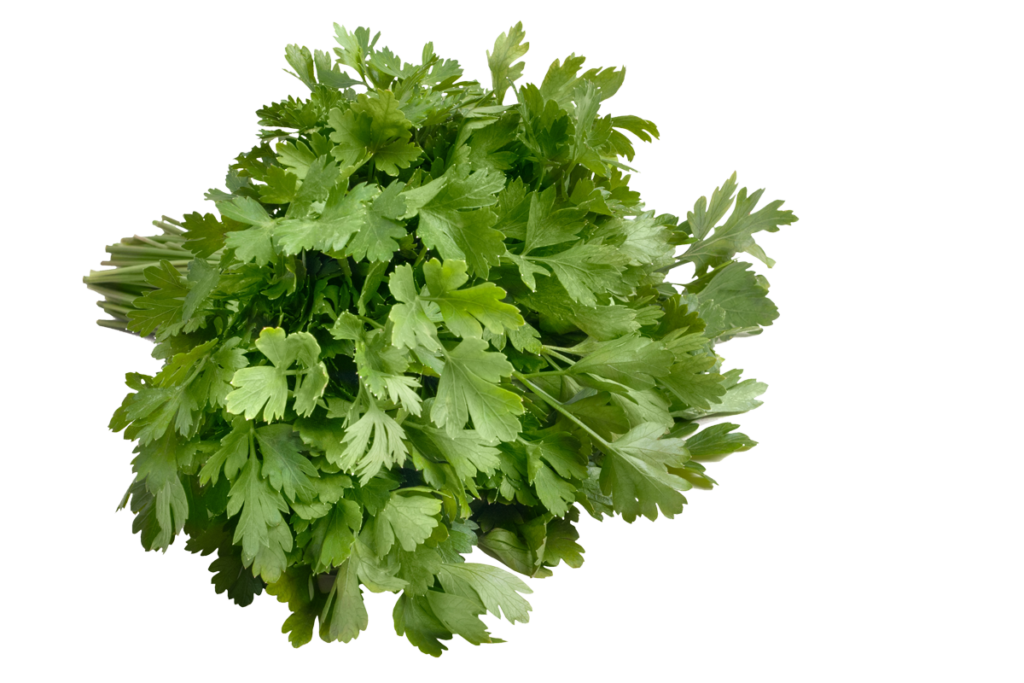
Chervil
It is very important always to have fresh chervil on hand because this herb, with its delicate anise taste, is very difficulty to dry. If you want to brew tea from it, take approximately ten grams of freshly chopped green per cup of boiling water. After ten minutes one obtains a soft-fragrant light green drink that has a good reputation as a blood cleansing product. Furthermore chervil stimulates on the internal organs and for this reason it is also recommended in mainstream medicine for disorders of the urine track, icterus and intestinal constipation. Externally this chervil tea appears to work very well with skin disorders, inflamed eyes and eyelids, and with haemorrhoids.In addition to tea, fresh chervil can also be added very successfully at the last minute to clear and creamy soups to give them a fine taste.
Tarragon
A half hardy, foliage losing, perennial herb with mid-green, narrow, aromatic leaves and small white, spherical flowers in the late summer. Tarragon reaches 30-60 cm in height, and prefers fertile ground with good drainage and a protected spot in the full sun. Harvest the leaves whenever you want.Tarragon cooks very well and has a high extraction value. Tarragon has a pronounced, slightly liquorice-like taste with a fresh tone.Indispensable in a bouquet garni and with fine herbs. Great in salads, green herb sauce, vinaigrettes, chicken and fish dishes. Tarragon can be combined well with Italian herbs.

Basil
This fresh leaf, indispensable in a large number of Mediterranean dishes, has a sweet, spicy taste, slightly reminiscent of cloves. Basil is delicious on fresh tomatoes with a little dash of virgin olive oil and is extremely suitable for any random tomato dish. It is also nice in rice salads and in combination with courgettes, beans and mushrooms. The taste of basil is strong enough to be able to offer a counterbalance to garlic, and these two flavourings are thus the two main ingredients of the traditional pesto sauce. The taste of basil is reinforced through cooking. Fresh leaves preserve their taste if they are kept in oil or vinegar.
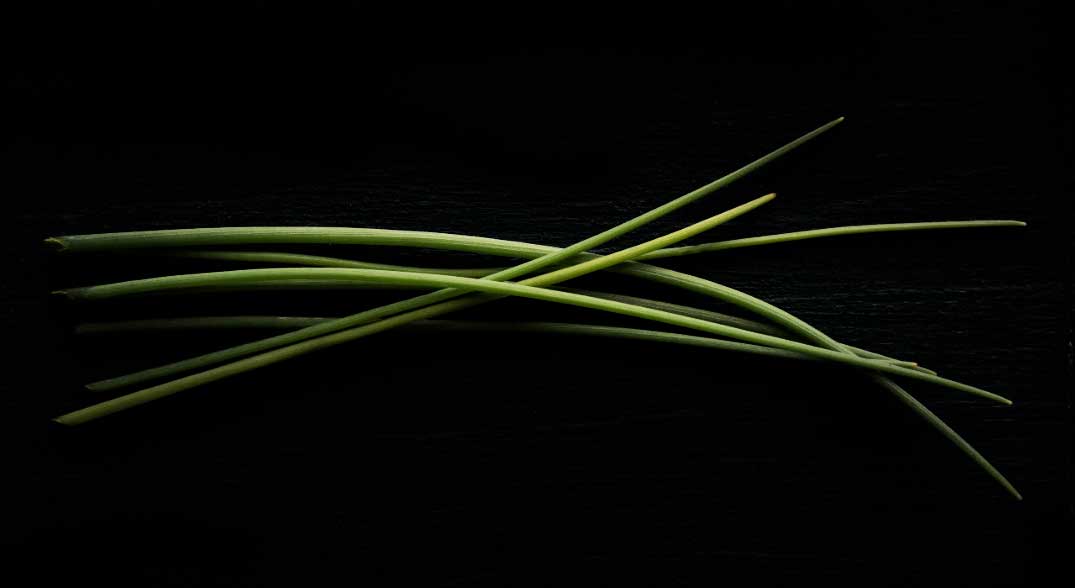
Coriander
The fresh coriander leaf has a different, stronger taste than parsley. Fresh coriander leaf can be frozen very well, just like parsley. When it is thawed out, it can colour slightly dark. It does, however, preserve its taste. By drying coriander it loses a lot of its aroma. Coriander seed has a faint-sweet, anise like, slightly piquant spicy (a bit orange-like) taste.The leaf can be used in cabbage dishes, red beets, game soups, oriental dishes and marinades. A few chopped leaves added to beurre-blanc tastes lovely with poached fish.
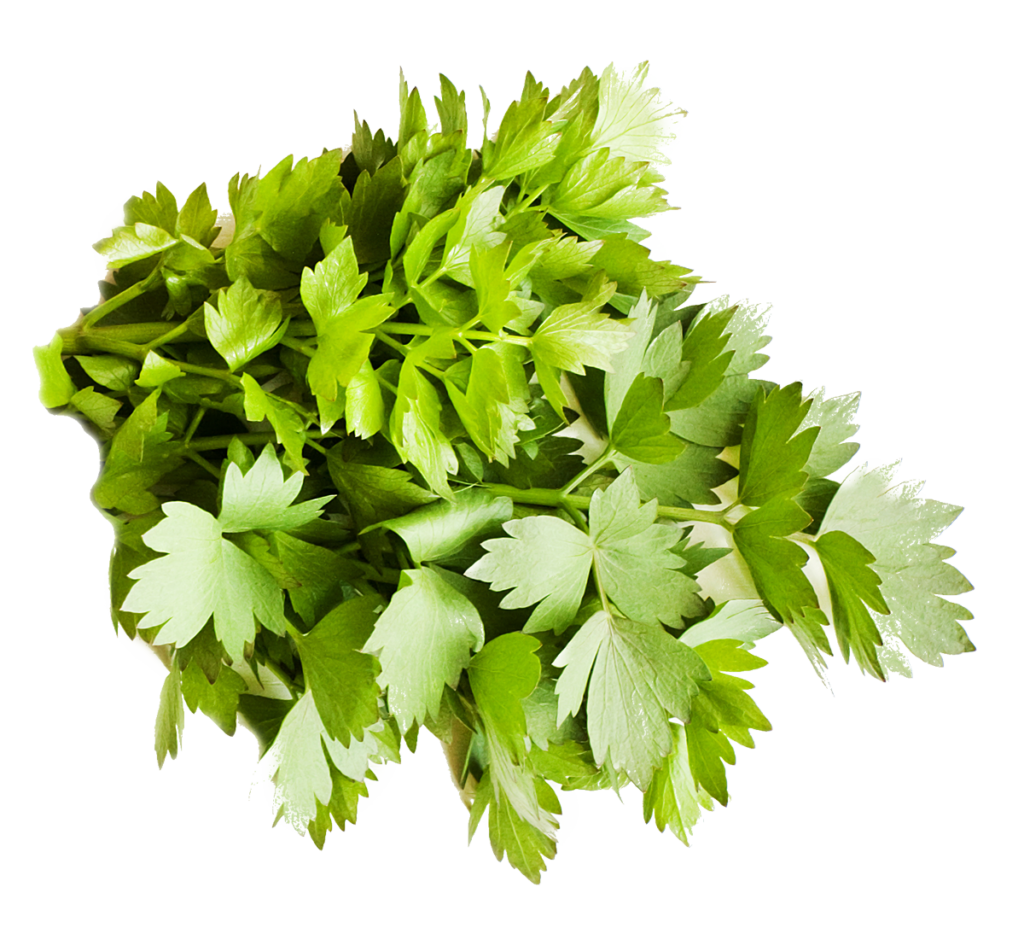
Lovage (Maggi)
Lovage, also called maggi plant or lubbestok, is a perennial easy to keep herb and belongs to the umbelliferous. The straight, hollow stems can get as high as two metres. The deep green, opposing double feathered leaf is slightly toothed. Lovage flowers from June to August with small green-yellow flower umbels and has a nice, spicy fragrance. The leaf has a rather strong taste, resembling celery (maggi).The chopped leaf is nice in soups, ragouts and mixed salads. Stems can also be cooked along when making sauces, soups and steamed dishes. The seed can be baked in bread. The herb can be dried, but the taste of lovage is nicer when fresh. It works as a diuretic. Extracts of the rootstock help against stomach-ache and digestive disorders.
Majoram
A hardy, residual, herbaceous herb with aromatic, woolly, small, oval leaves and white or pink flowers as from the mid-summer. Marjoram reaches 15-30 cm in height, and prefers poor soil and an abundance of sun. Harvest the leaves at any moment to use fresh, but dry the leaves in the mid-summer when the plant starts to flower. It is related to the mint family and originally comes from West-Asia and countries around the Mediterranean Sea. There is also a wild marjoram known as oregano, both from the family of the labiates.Marjoram is softer than oregano and stronger, more bitter and more dominant. Add at the last minute and thus do not cook it. Marjoram comes from the Mediterranean. It combines well with dishes from those countries. The aromatic herb gives a spicy fragrance to meat, fish or egg dishes.
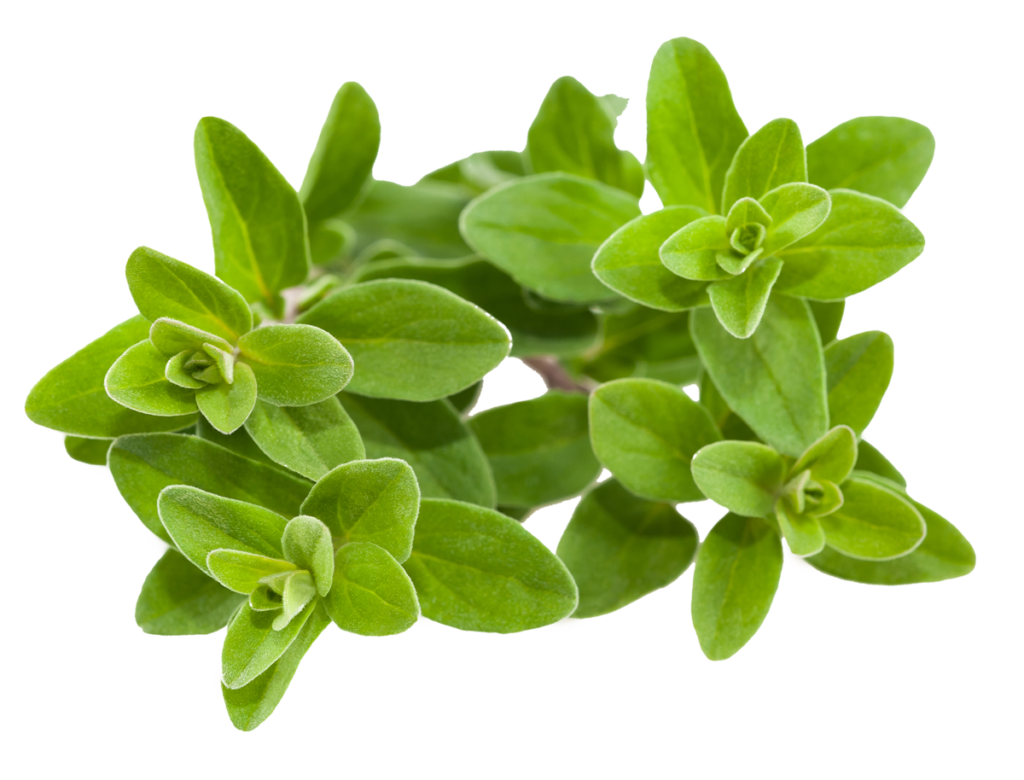
Mint
Mint is also an easy plant in your herb garden. You can pick as much as you want, it always grows. The disadvantage is that the plant grows very vigorously: if you do not pick sufficiently and restrict it, soon your herb garden will be full of mint. You can keep dried mint for approximately 1 year in a closed jar in a dark and dry place.You can use mint both dried and fresh. The herb works very well in salads, soups and sauces. Fresh mint also tasted great with courgettes, peas, tomatoes and lamb. In desserts you can combine mint with chocolate. A finely cut mint leaf gives an interesting taste to your mayonnaise. Moreover a mint leaf frozen in an ice cube festively decorates your summery drink and gives it a fresh taste. Because mint has a pronounced taste, it does not combine very well with other herbs.
Oregano
Pizza only takes on a real flavour if a considerable amount of \’oregano\’ has been added. You imagine yourself back on a Greek terrace for a moment. The fresher the oregano used, the better you taste the specific flavour of it in a dish. What can be more beautiful than to have some oregano plants in the garden? It is possible! Dishes with tomatoes, aubergines and courgettes and all the other elements from the Greek and Italian kitchen become absolutely delicious with it. There are two types of Origanum, namely Origanum marjoram and Origanum vulgar. From a botanical viewpoint they can be distinguished from each other reasonably well. Wild marjoram is sturdier in everything: larger leaf, larger flowers with, especially, as an important characteristic that the leaves are on a little stem. Real marjoram has a sitting leaf, therefore without a stem. Moreover the flowers of this plant are deeply cut into on one side of the calyx. Real marjoram tastes a little sweeter.
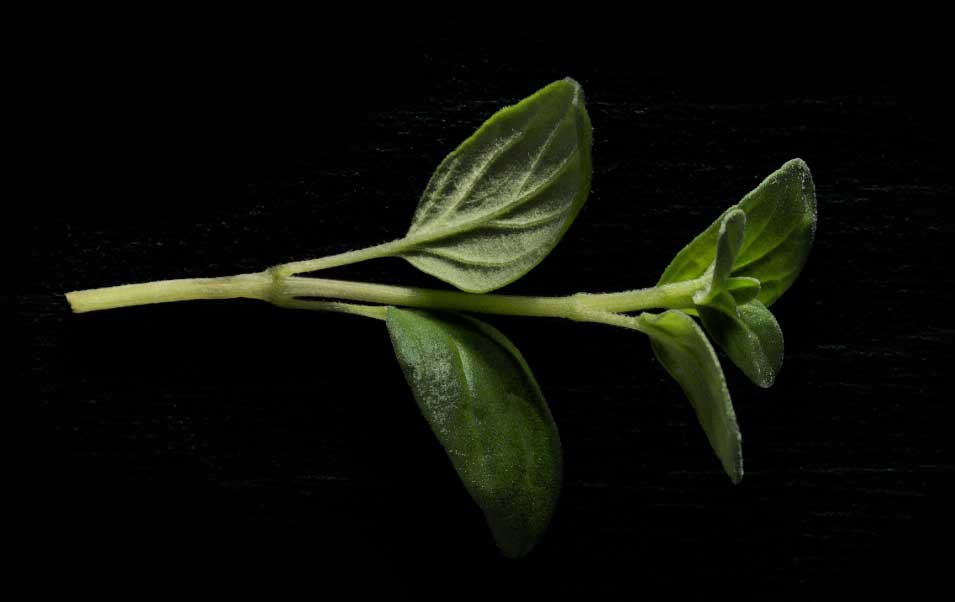
Rosemary
Harvesting the grey-green, acicular leaves or sprigs is possible throughout the entire year. Of course they can be used fresh, but they can also be dried or frozen without losing the specific aroma. The taste is sharply resinous and reminds you of camphor and conifers.Rosemary can be used in brown sauces, tomato sauce, brown beans, tomatoes and onion soup; with pork meat, lamb, in marinades, game dishes, and with baked potatoes, olive bread.You can also use it for a refreshing bath with an extract of the leaves (3 tablespoons of chopped leaves per1 litre of boiling water). Pay attention, however, one such an extract is sufficient! In addition to this, rosemary is a restorative herb which also boosts the blood circulation.
Sage
Sage is multi-purpose, because in the kitchen this is also a much sought after herb, especially to improve the digestibility of dishes, both In fish and meat dishes; however, use sparingly and combine with as few as possible other herbs In order to make far better use of its unique taste. The Romans already brought their cheeses to be flavoured with it. Dried and frozen sage keeps its aroma well! One uses sage in sauces and with fatty dishes (pork meat, duck, and lamb). Also, oily fish types love this type of herb and here we think about stewed eels in chervil sauce (”green eel”), sage definitively belongs in that!TIP: Cut away the top shoots regularly - for use in the kitchen - then the plant remains fresh longer. This prevents woody growth which considerably extends the life span of sage.
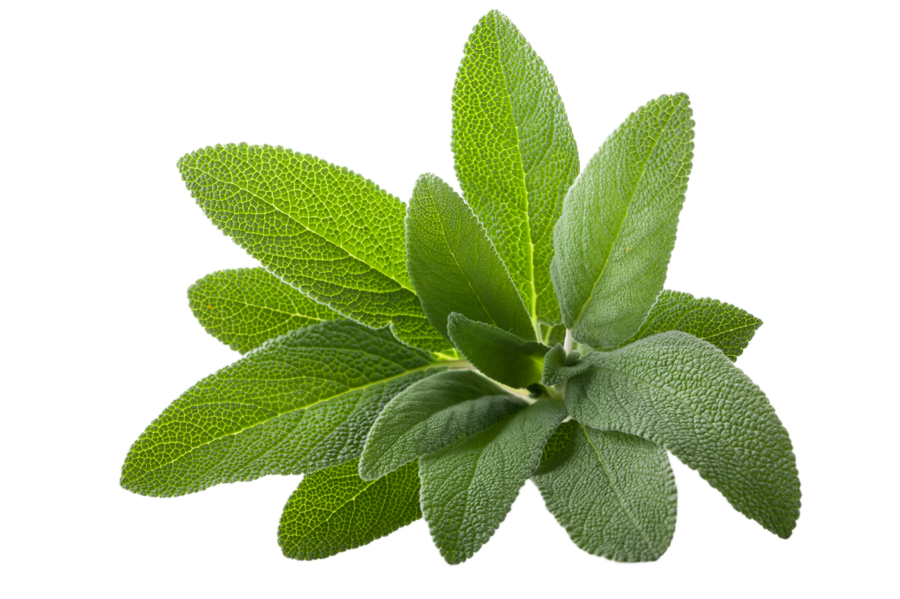
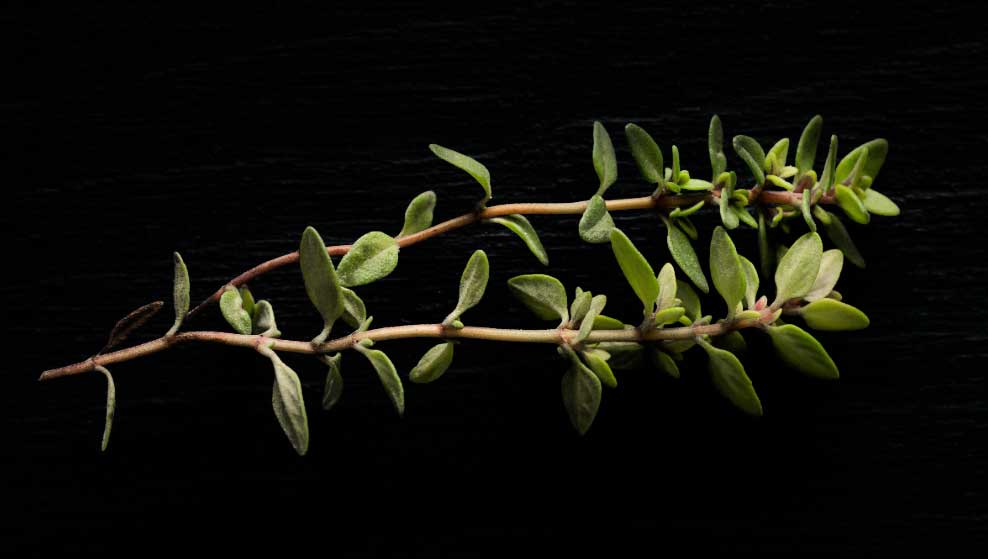
Thyme
Thyme is indigenous to the Mediterranean, in the south of Italy and in Greece, where it grows on rocky slopes. Greeks and Romans already used the herb. The Romans probably brought the herb with them to Western-Europe.Thyme leaves or sprigs can be used in potato, meat, chicken and fish dishes and in soups (tomatoes). It forms part of the bouquet garni: thyme, parsley and a bay leaf. Dried, thyme preserves its strong aroma. Leaves and sprigs can be frozen very well. It promotes the digestion and works as an antiseptic. Thyme tea with a little honey soothes coughs and stomach cramps.
Ready To Discover More?
Especia bv
Bultenvenweg 30
5916 RW Venlo the Netherlands
T. +31 (0)77 320 21 77
Especia works towards consumers with:
Our products are sold by Fossa Eugenia B.V.:




